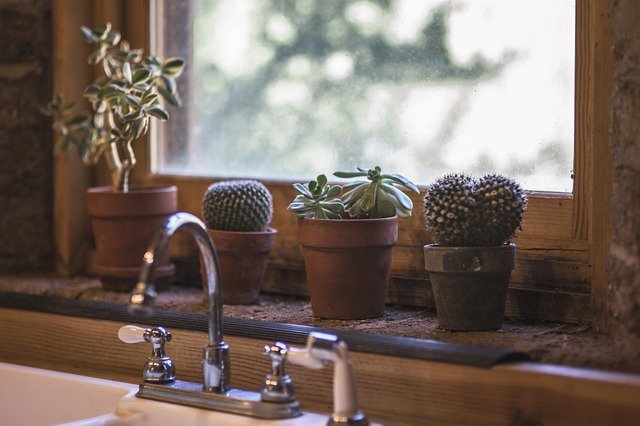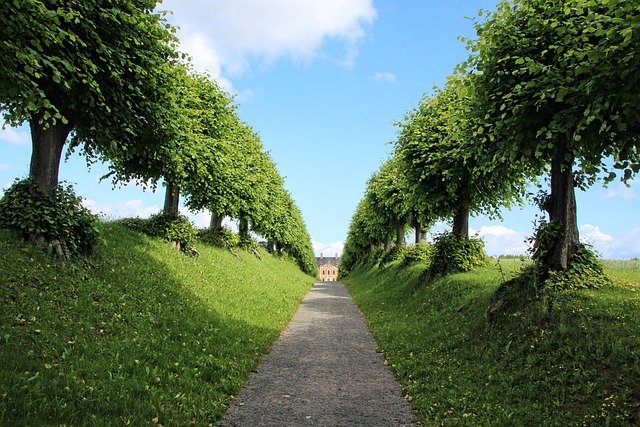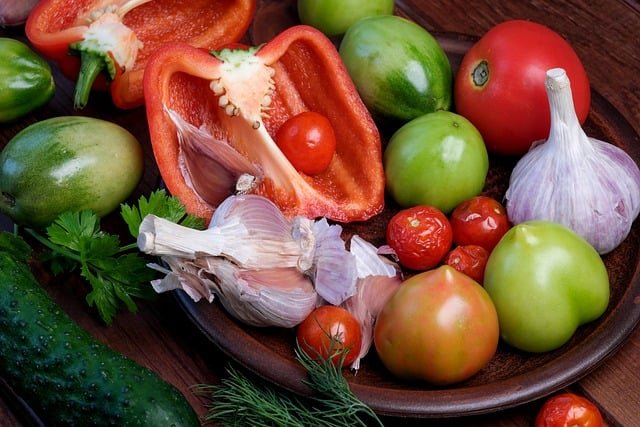Easiest vegetables to grow at home
Starting your garden from little, purchased plants, or “scions,” is quite acceptable and something that plenty of people do! Of course, certain veggies are challenging to cultivate from seed and are better bought from a vegetable farm or nursery as young seedlings (tomatoes, for example, can be difficult to start from seed). Additionally, grafting makes it possible to cultivate delicate foods like tomatoes, peppers, and eggplants, which need a lengthy, warm growth season.
That said, unless you had a short growing season, most vegetables are easy to start from seed at home.
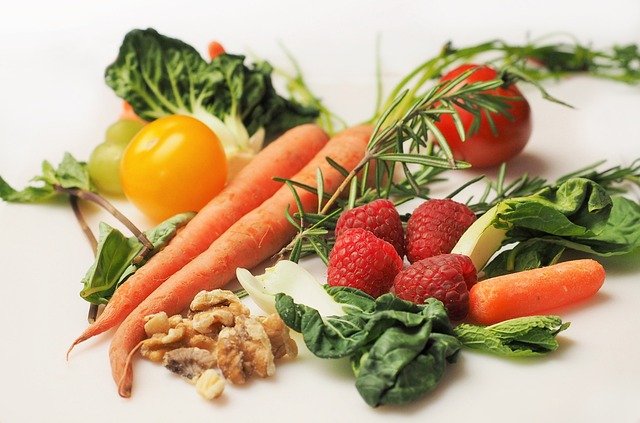
Here are some advantages of starting with seeds:
Seeds are very cheap, especially in large quantities. They usually last for a few years and can be shared with friends and neighbors.
Seedlings in a nursery often offer more variety than limited transplants. Take a look at these seed catalogs,
Some vegetables survive being transplanted from one place to another.
Starting from seed means you can sow directly into the garden, opening the door to crops like corn, melons, squash, beans, and peas that won’t grow when transplanted from one location to another.
Starting plants from seed means you can ensure they are healthy and strong right from the start.
10 of the easiest vegetables to grow yourself
This is not an exhaustive list, but these are considered the easiest and most common vegetables to grow at home.
1. lettuce
We’ve never known a garden that couldn’t grow lettuce.
Lettuce can be sown directly into your garden bed or started indoors for transplanting. It is one that the few crops that can be grown all year round in our climate, but in hot climates, it must be shaded and harvested in small quantities. Lettuce growth is slower in the shade; It is slow to go to seed or “bolt,” which means it can be harvested longer.

An endless variety of green and red leaf shapes and colors means you’ll never get tired of growing new salad varieties. Lettuce can be cut as it grows, and you can enjoy multiple harvests from the same plant by cutting what you need each time.
Suppose you want to grow whole and romaine lettuce heads, thin them out. Leave 8 to 10 inches between plants. When thinning young plants, save the delicate salad leaves.
Check out our lettuce growing guide.
green beans
Coconuts need some structure to climb! Photo by Smereka/Shutterstock.
2. Green beans
Beans grow in very poor soil because they fix nitrogen as they go! Shrub types do not require a trellis, but stake types provide a longer harvest. In colder areas, green beans are the easiest. In warmer areas, lima beans, lima beans, and asparagus beans also grow very easily. All bean plants grow quickly and thrive in warm, moist soil.
3. peas
Plant the seedlings as soon as the soil can be worked, two weeks before the last spring frost typical in your area. For a continuous supply of seeds during the summer, plant varieties with different maturity dates. Then, after about two weeks, sow more seeds. Continue this pattern, seeding until mid-June.
4. Radish
Radishes can be harvested in as little as 24 days after planting and intercropped with slow-growing vegetables. You can plant radishes as soon as you work the soil in the spring.
Plant each seed 2 inches or more, or cut into this space after germination. Cover the seeds with about half an inch of compost or soil.
A word of advice: radish seeds are natural companions for carrots. Mix radish seeds with carrot seeds before sowing, especially if the soil tends to develop a hard crust. Quick-sprouting radishes cut the soil and then open it up to sprout carrots. When you harvest the radishes, the row of carrots will fill up.
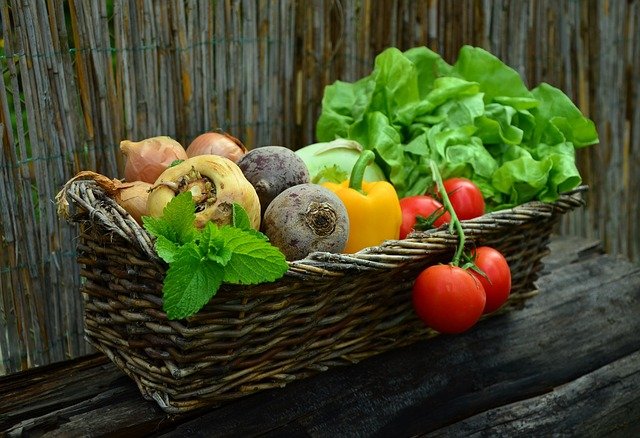
5. Carrots
Many beginners find their carrots short and skewed. This is usually due to poor, rocky soil, so providing soft, loose soil that drains well is important. Mix some sand and let go. In addition, it is essential to thin the carrot seedlings at regular intervals, so they do not clump together. I know you to encourage! Thin these seedlings if you want to make proper carrots.
6. cucumber
Prepare in advance for cucumbers; Amend the soil with fertilizers rich in nitrogen and potassium to get a big crop from the plant. If possible, plant cucumbers in full sun near a fence. The fence serves as a support for climbing and works as a shelter. Or plant next to corn. Corn cucumbers retain the heat they crave and also serve as a windbreak.
How to grow vegetables in containers?
Selection of containers
Pots, trenches, and grow bags can all be used to allow gardeners short on time or space to grow a vegetable patch of fresh, tasty produce.
Container-grown vegetables can be started in a pre-grown greenhouse, greenhouse, or porch.
Small containers can cause a lack of moisture and nutrients for plant roots. Look for containers at least 45 cm (18 in) deep and wide, otherwise, frequent watering and feeding will be required.
compost selection
Use sterile proprietary manure compost for best results
John Innes No 3 Soil Based Compost is particularly easy to handle, but other composts are also suitable, including peat-free varieties.
Compost in grow bags is generally good value and reasonable quality.
A homemade mixture of two parts soil and one part well-decomposed organic matter supplemented with additional fertilizer can be an inexpensive substitute. Still, as homemade mixtures are not sterile, there is a risk of pest and disease problems.
Organic growers who avoid using fertilizers can get good results by mixing well-rotted manure into potting compost in the bottom half of their containers; 20 percent by volume should suffice.
extra care
Aftercare should include a constant water supply but avoid prolonged flooding. A general-purpose liquid fertilizer can be given every two weeks. If frost is likely, cover the plants with garden bark and move the pots to a warm, sheltered place.
crop selection
The benefits of containerized vegetables include the following:
Beetroot: sow 10 cm apart in March. Young leaves can be used as ‘spinach.’ Follow them with fast-growing late summer salad crops.
Broad beans: sow 20 cm apart from February. The spikes can be torn off to reduce blackflies’ attacks and be used as ‘greens.’ Broad beans can be followed in June or July with beets for late summer harvests.
Carrots: Grow Nantes or Amsterdam cultivars starting in February for a June crop. Cut seedlings back to 8 cm (3 in) between plants. Line the container with April wool to keep the carrots out. After the carrots, plant pods to harvest in September.
Aromatic herbs: parsley, for example, can be sown in March to be harvested in June; Coriander is also an attractive and popular crop. Basil is another great herb for potions. Repeat crops can be sown for the late summer harvest.
Lettuce: Small lettuces like ‘Little Gem’ and ‘Tom Thumb,’ spaced 15 cm apart, can be sown from January for harvest in June. Follow Lettuce with Leeks for Winter Harvest
Peas: Sow ‘mange-tout’ with edible pods from March; Plant them 6 inches apart; Harvest in June and follow with lettuce for late summer.
Potatoes: Plant tubers from March onwards with one tuber for every 30cm in diameter.
Lettuce: sow from February, with a 5 cm distance between the plants. Arugula, cilantro, lettuce, radicchio, and spinach are all tasty options—harvest by pulling off a few top lettuce leaves, leaving a stem to regrow for later harvests.
Lettuce: Sow from February with 3cm (1¼in) between plants. Pull them out when they are big enough. In July, you will be able to report carrots for the October bunches of carrots.
Spinach: sow from February, leaving 10 cm between the plants. Spinach sets seeds quickly, so zucchini does the same in June for late summer fruit.




